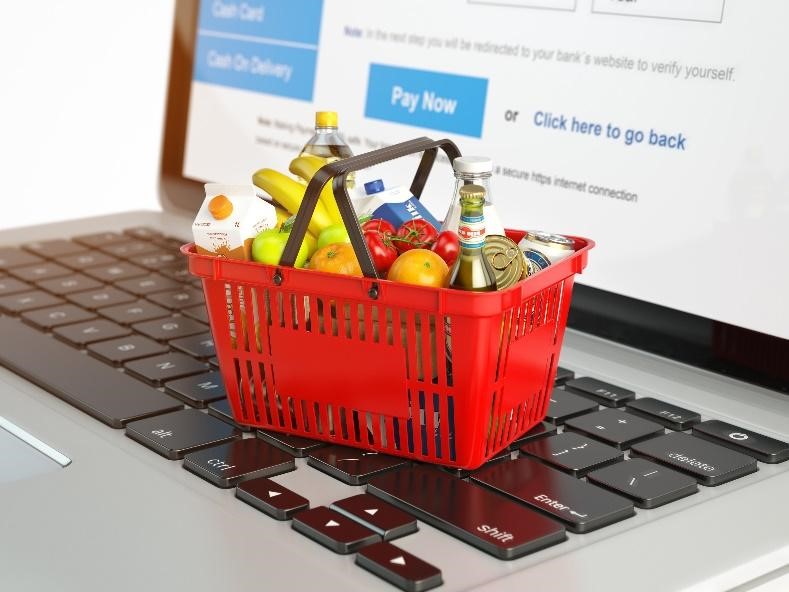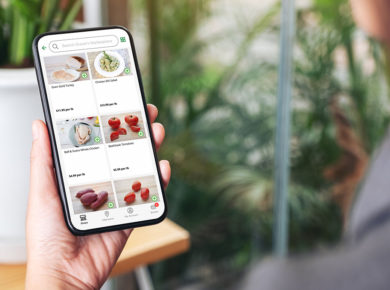The Dos and Dont’s of Inventory Management
Managing your inventory can be confusing, but here are some tips and tricks for efficient inventory management, calculating inventory turnover ratios, and maintaining the right balance of inventory types for your business! Before you manage your inventory, though…
Why is Efficient Inventory Management Important?
Inventory management is ensuring you have the right amount and types of products at the right time. This allows you to maximize sales and not carry any excess inventory (ESPECIALLY if it’s likely to expire) so that you do not lose money on goods you can’t sell. Your business’s liquid assets are represented in large part by your inventory, and regulating the movement of inventory in and out of your business can predict your business’s success in the long run.
How do I manage my inventory successfully?
You can do this through a few quick and easy steps:
- Take a physical inventory count. Trust us, you’ll need it. Use your existing point-of-sale (POS) system, or upgrade to a digital POS system as soon as your first inventory count is completed.
- Keep track of your stocks and inventory in real time! You’ll need to be able to forecast what your important products are, what sales have been like for these products historically, what market trends suggest about the products’ sales, and if certain products have changes in variations in predicted growth and promotions to take into account. The more accurately you can measure this (with the aid of user-friendly digital systems) the more money you can save, avoid wasting, and avoid running out of popular items if a trend spikes.
- To avoid wasting products (especially perishable ones), use the first in, first out (FIFO) rule. Newer products go in the back, older products go in the front. Make sure your staff knows this basic principle and are carrying it through.
- Look through your POS system to see which products have NOT been selling (digital system makes this easier). Get rid of these products through discounts or other promotions. Rather save shelf space for more popular or profitable products. Get a POS system like Square Retail to not only keep track of your inventory but keep an eye on your stock levels and manage real-time analytics on your sales as well. Reach out to Mercato’s sales team – they can help make recommendations and provide support on other questions as well, especially relating to online systems.
- Make sure to pay attention to the physical condition of your store, like machine monitoring, checks on how your products actually look on the shelf, and whether or not products are working well in the space they are in. Optimizing store layout can help move certain products more quickly. Boosting turnover of a particular item can be altered based on arrangement and shelving aesthetics.
- Group the inventory into different types: Type A (
most expensive items, high in value, you’ll be buying the fewest of these products), Type C (least expensive items, lowest in value, you’ll buy the most of these types of products), and Type B (right in the middle).
How do I know if I’m overstocking?
Easy! Calculate the inventory turnover ratio. The inventory turnover ratio calculates the number of times a company will replace its inventory in a specified period of time.
To do this, take the total cost of goods sold (COGS) in a specific time period and divide this by your average inventory value. You can find COGS and your average inventory value by looking through the data provided by your POS system.
Is there software I can use to manage inventory? What should I look for?
YES. Inventory management software will help you monitor levels of inventory, your sales, even items that are en route to delivery and about to run out of stock. You’ll get real-time updates on your stock, real-time analytics, and even customer buying trends with certain software. This will help you boost your business profits and even forecast when a product is high in demand so you can add it to your inventory.
Square Retail is a great POS system and inventory management, but other top inventory management software includes Zoho Inventory, Cin7, TradeGecko, Brightpearl, SellerCloud, and FinancialForce ERP. Make sure to check out the features and details of each software and pick the right platform for your business!
As always – reach out to Mercato’s friendly team. We can help make recommendations on the best Point of Sale systems, online order fulfillment (and delivery) methods, the best way to handle online reviews (for free) and much more. We are always ready to talk.








